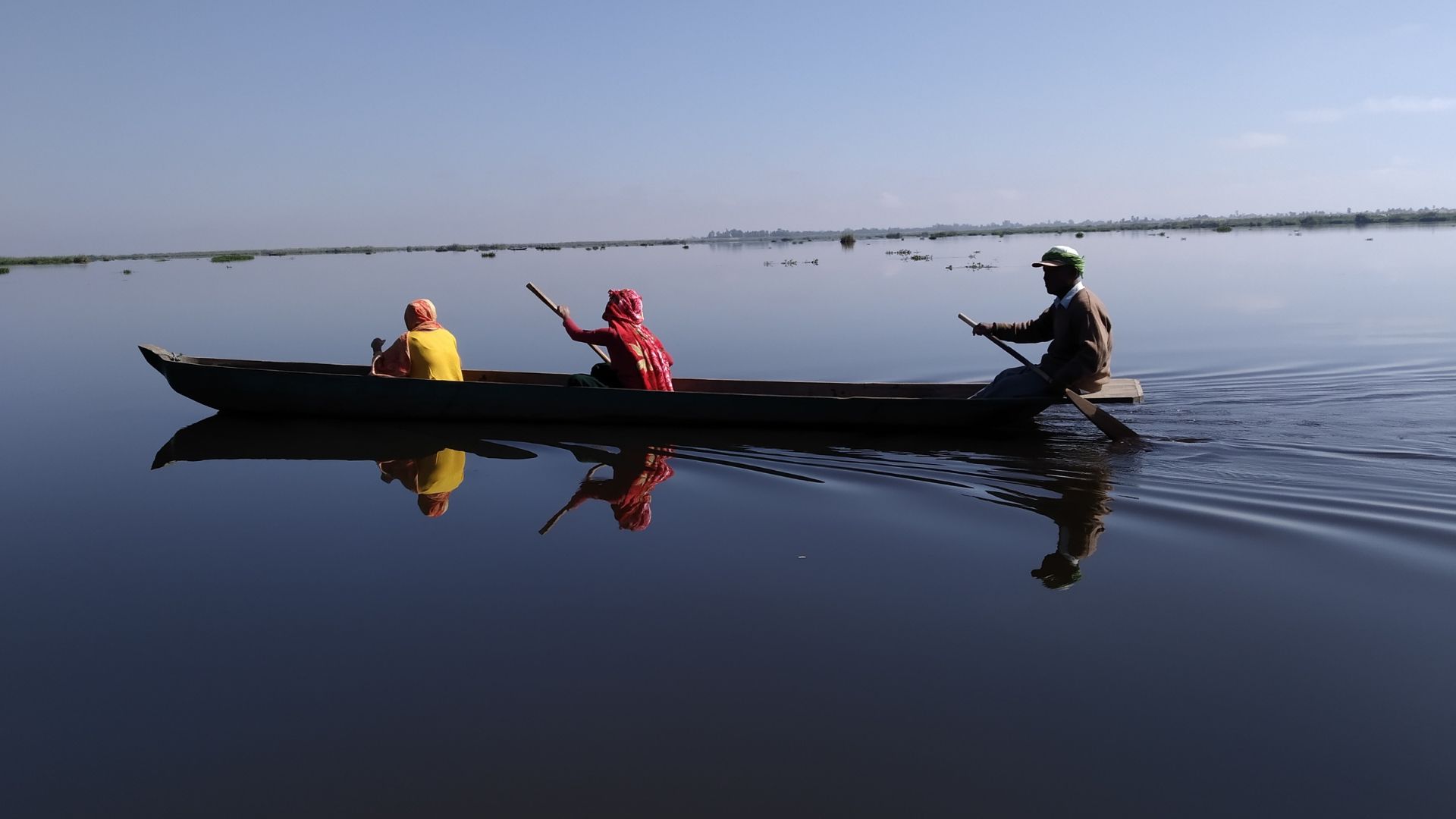
Cradled between Nagaland and Myanmar, Manipur – “the land of jewels” – takes its name not from gems or gold, but from the quiet richness of its valleys and the enduring grace of its people. This small yet layered state sits at a crossroads of South and Southeast Asia, where hills and valleys have shaped distinct worlds of language, faith, and tradition. The Meitei, Naga, and Kuki communities together shape the land’s character — each adding their own stories, festivals, and traditions to the region.
Once an independent kingdom known as Kangleipak, Manipur was ruled by its own line of monarchs until the British annexation in the late 19th century. During the Second World War, the quiet valley of Imphal became the site of one of the fiercest battles in the Eastern theatre – a turning point that left deep scars on both land and memory. In the decades that followed, Manipur continued to find its footing within the Indian Union, navigating questions of identity, autonomy, and belonging that still echo today.
Yet beyond the weight of history, life here has always found expression in art and ritual. The Meiteis worship goddesses through graceful dance and music that blur the line between devotion and performance. It was on these very plains that polo, known locally as Sagol Kangjei, was first played – a sport born of rhythm, teamwork, and the bond between rider and horse.
To the south lies Loktak Lake, stretching like a mirror to the sky, where floating islands drift quietly across the water. Life here moves to the rhythm of the lake – fishermen returning home at dusk, fires glowing in stilted huts, and the soft sound of oars breaking the stillness. It’s a landscape that feels both fragile and eternal, much like Manipur itself.
In recent years, the state has seen both progress and pain. Periods of peace and revival have been shadowed by unrest, as communities grapple with long histories and unresolved divides. Yet beyond the headlines, life carries on in its own quiet ways – sometimes interrupted, often resilient – in the laughter of women trading at Nupi Keithel, in the serenity of Loktak’s waters, and in the gentle rhythm of prayer and song that still threads through the valley.
This chapter is an invitation to see Manipur with care and curiosity – to listen rather than look, to move at the pace of its people, and to witness a land where beauty and complexity coexist. For in Manipur, grace is not the absence of struggle, but the way life endures beside it – in its stories, in its stillness, and in its quiet strength.
The arrivals in Imphal airport start from 9.30 am to 5 pm in the evening.
Yes, this itinerary is family-friendly with gentle activities, cultural visits, and short walks suitable for all age groups.
If you travel between November and March, you might witness festivals like Sangai Festival or Yaoshang, depending on the timing.
Yes. The boats are operated by trained local guides and the activity is safe for beginners and non-swimmers.
Boutique homestays and lodges with modern facilities, clean rooms, and local hospitality.
Absolutely. Manipuri cuisine naturally includes a variety of vegetarian dishes, and special dietary needs can be accommodated.
Yes, it is safe to travel in Manipur except in some places. Presently for security reasons, the government is not giving permission to the tourists to travel in certain areas.
It is important to note that booking flights before reserving a slot with us does not guarantee availability. In the event that we are sold out, we cannot be held responsible for any inconvenience caused.
Outdoor picnic or an experiential lunch will be arranged on Day 3 and 5. On other days, you will visit renowned local restaurants with the Guide that will give you an authentic taste of the local cuisine.
Rooms are shared on twin sharing basis. In case you are a solo traveller, you will be paired up with another solo traveller of the same gender.
While most of your expenses are taken care of, an additional Rs. 1,000 per day (upper limit) would be more than enough for all your expenses. Activities at Shnongpdeng range from Rs. 250 to Rs. 1000 per activity. You can take a look at our Exclusions to get a better understanding of how much money you may need.
Once you sign up for the trip, we will be sending you a detailed list of Things to Carry for the season!
To visit Arunachal Pradesh, Indian citizens need to apply for an Inner Line Permit (ILP), which can be easily obtained online through the official portal nswer can be similar to WAP/EAP). Simply register, fill in your travel details, upload a passport-sized photo and a valid ID (like Aadhaar or Voter ID), select the districts you plan to visit, and pay 500 per district. The e-ILP is usually approved within 24-48 hours. Once approved, download and carry printed copies of the permit, as it will be checked at various entry points and checkpoints within the state.
Loktak Lake is the largest freshwater lake in Northeast India. Keibul Lamjao National Park, located on the lake, is the world’s only floating national park and home to the endangered sangai deer. You can walk on floating phumdis, drift across the lake, and enjoy a sunset meal on Sendra Island.
Yes, each day’s activities will be accompanied by a knowledgeable local guide who will provide insights into the culture, history, and natural wonders of the region.